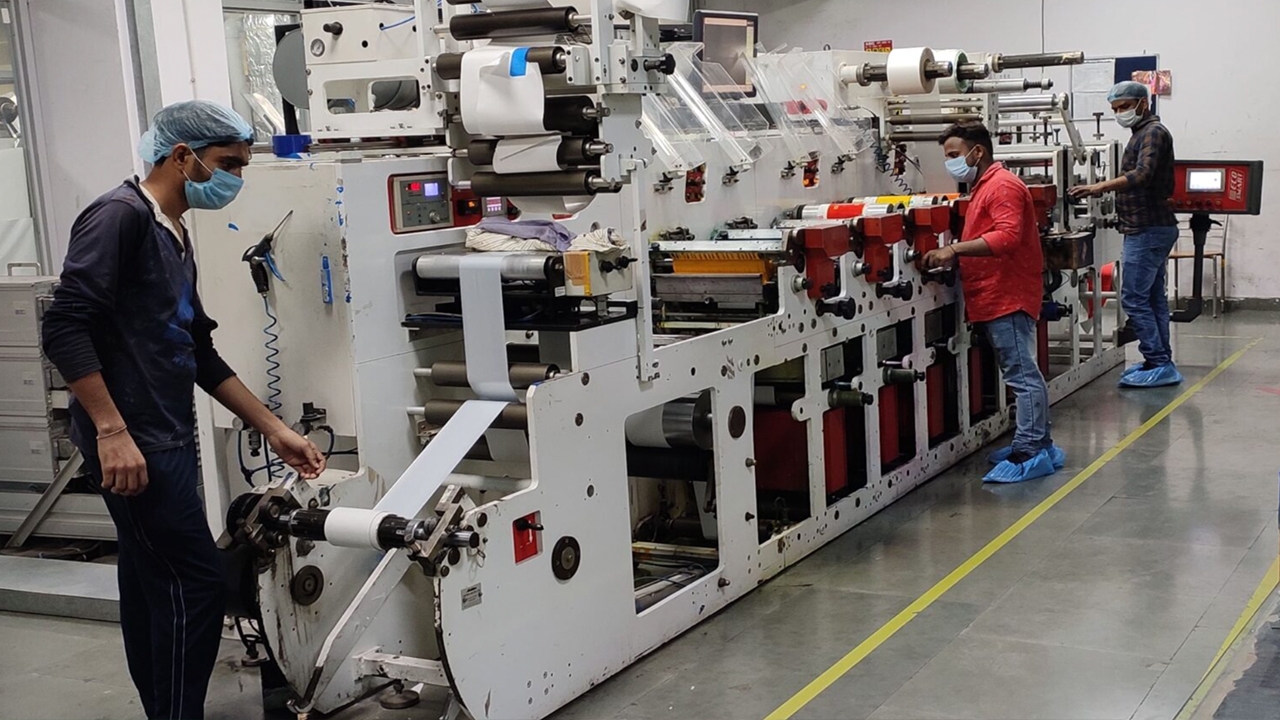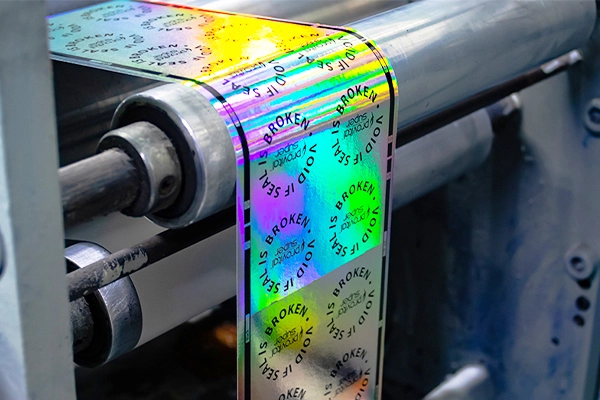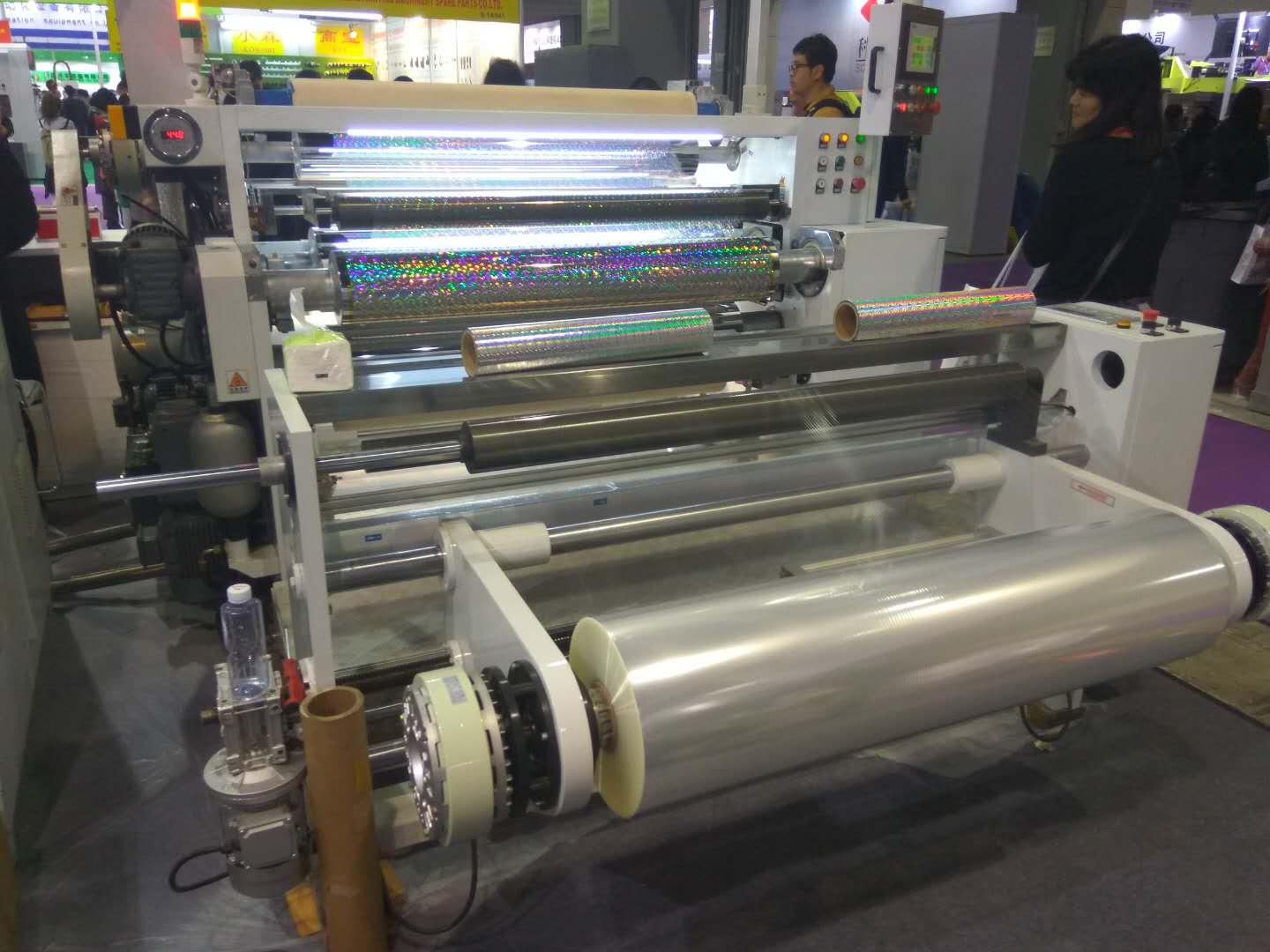Counterfeiting in the sports merchandise industry is a pressing concern that affects businesses, athletes, and consumers alike. Implementing effective anti counterfeit measures in sports merchandise is crucial to preserving brand integrity, ensuring revenue streams, and protecting consumers from substandard products. In this article, we will explore various strategies and technologies used to combat counterfeiting in the sports merchandise sector.

The Growing Problem of Counterfeiting in Sports Merchandise
The global sports merchandise market is vast and lucrative, making it an attractive target for counterfeiters. Fake jerseys, equipment, and memorabilia flood the market, deceiving consumers and harming legitimate businesses. According to the International Trademark Association, counterfeit goods account for an estimated 3.3% of global trade, with a significant portion attributed to sports merchandise.
Impact on Brands and Consumers
Counterfeit sports merchandise not only affects the bottom line of legitimate brands but also erodes consumer trust. Customers who unknowingly purchase fake products may experience inferior quality, leading to dissatisfaction and brand disloyalty. This can have long-term effects on a brand’s reputation and financial health.
Innovative Anti Counterfeit Measures in Sports Merchandise
To combat counterfeiting, brands are adopting advanced technologies and strategies. Here are some of the most effective anti counterfeit measures:
1. Holographic Labels and Seals
Holographic labels and seals are popular anti-counterfeit tools due to their difficulty to replicate. These labels use light diffraction to create a 3D image, which is easily recognizable to consumers and hard for counterfeiters to duplicate.
2. RFID Technology
Radio Frequency Identification (RFID) technology is increasingly used in sports merchandise to track and authenticate products. RFID tags contain unique identifiers that can be scanned to verify a product’s authenticity, providing an added layer of security.
3. QR Codes and Blockchain
QR codes linked to blockchain technology offer a modern solution to counterfeiting. Consumers can scan QR codes on merchandise to access a secure ledger of the product’s history, ensuring its authenticity. This method is transparent and accessible, making it a favored choice for many brands.
Legal and Regulatory Frameworks
Governments and international organizations play a crucial role in combating counterfeiting through regulations and enforcement. Stricter penalties and increased cooperation between countries are essential to curbing the spread of fake sports merchandise.
International Cooperation
Many countries have joined forces to tackle counterfeiting through international agreements and collaborations. These efforts aim to harmonize laws and improve enforcement across borders, making it harder for counterfeiters to operate.
The Role of Consumer Awareness
Educating consumers about the dangers of counterfeit sports merchandise is vital. Brands and organizations should invest in awareness campaigns to inform the public about how to identify authentic products and the risks associated with fakes.
Spotting Fakes
Consumers can play a part by learning to recognize the signs of counterfeit products. Checking for authenticity labels, verifying seller reputations, and buying from reputable sources are steps that can help reduce the prevalence of counterfeit goods.
Future Trends in Anti Counterfeit Measures
The fight against counterfeiting is ongoing, with new technologies and strategies continually emerging. The future of anti counterfeit measures in sports merchandise looks promising, with innovations such as AI-driven analytics and biometric authentication on the horizon.
AI and Machine Learning
Artificial intelligence and machine learning offer potential solutions for detecting and preventing counterfeiting. These technologies can analyze patterns and identify anomalies in supply chains, helping brands stay one step ahead of counterfeiters.
Biometric Authentication
Biometric technologies, such as fingerprint and facial recognition, could soon be used to verify the authenticity of sports merchandise. These methods offer a high level of security and are difficult for counterfeiters to bypass.
Conclusion
In conclusion, anti counterfeit measures in sports merchandise are essential to protecting brands, consumers, and the integrity of the industry. By embracing innovative technologies and fostering international cooperation, the sports merchandise sector can effectively combat the threat of counterfeiting. As we look to the future, continued advancements in technology and consumer education will play a crucial role in maintaining the authenticity of sports products.

FAQs
What are common signs of counterfeit sports merchandise?
Common signs include poor quality materials, misspelled labels, and missing authenticity tags or holograms.
How can consumers verify the authenticity of sports merchandise?
Consumers can verify authenticity by checking for holographic labels, scanning QR codes, and purchasing from authorized retailers.
What role does technology play in preventing counterfeiting?
Technology plays a crucial role by providing tools such as RFID tags, QR codes, and blockchain for tracking and authenticating products.
This article contains affiliate links. We may earn a commission at no extra cost to you.







